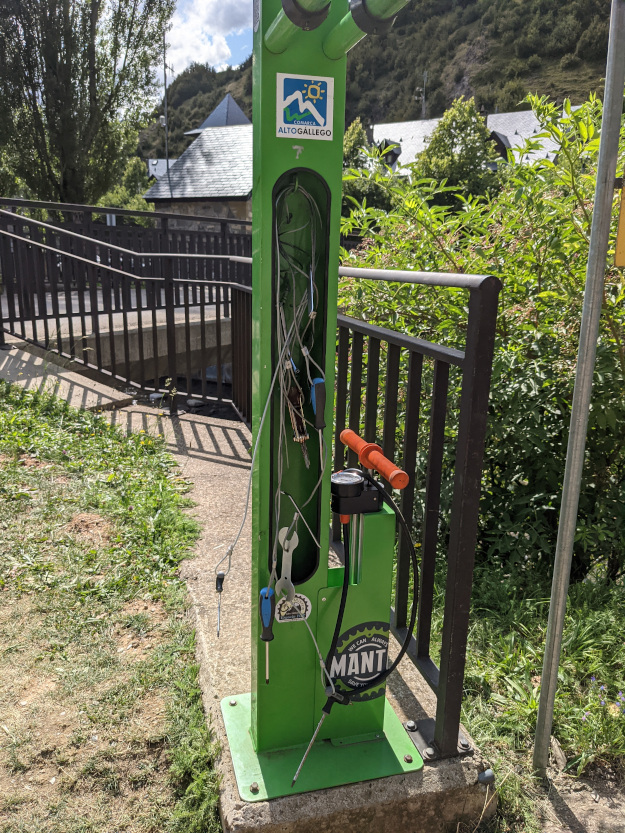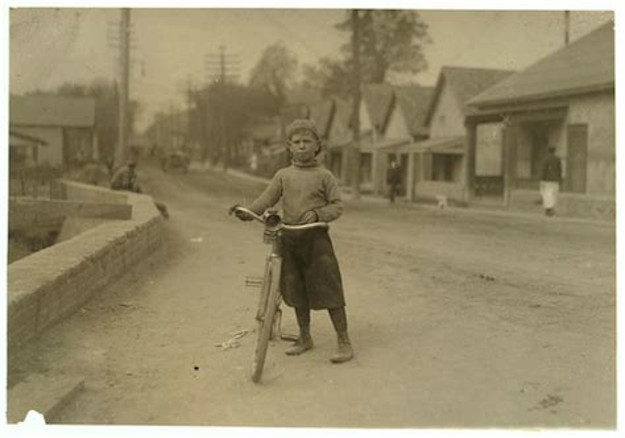The Garda lake is located in the north of Italy. It connects the regions of Lombardy, Veneto and Trentino. Thousands of Italians enjoy it plus Germans, Swiss and Austrian thanks to its 368 squared kilometers every year. Why does it attract so many people every year? This marvelous lake is surrounded by perfect mountains to practice MTB, impressive landscapes and valleys with vineyards which go deep in history.
In the last years, a bike cycle path is being built by following more or less the Garda lake shore. However, the fact of contacting and coordinating three local administrations has made it difficult. Their promoters explain than it would be perfect if it was finished by 2025, although realistic people postpone it by 2030. Nevertheless, it is going to offer a 140 kilometers bike path which connect to EuroVelo and cost more than 100 million Euros. It could sound an excessive price for such a massive project, but economical studies from some years before determined that every bike tourist just in Trentino spent 77 Euros per day and the mean stay was nine nights. In other words, every bike tourist spent 700 Euros in the region. Considering only Trentino, 110,000 bike tourists enjoyed the area and it gave a yearly financial income of 77 million Euros. Summing up Lombardy and Veneto, the project could be amortized in few years. Moreover, more German bike tourists would visit the Garda lake when connected to the EuroVelo. Take for example that Munich is about four hours from the lake.
The project represents a giant challenge because on the one hand the Lombardy and Veneto zones follow a quite plain path in which building a bike line would not be difficult. On the other hand, there are 20 complicated kilometers which join Saló and Limone, in Veneto, which follows cliffs. In addition, crossing mountains and wider paths are necessary to fulfill the project targets.
In conclusion, we become aware of the defiance the Garda project is and hope it will be a reality soon.





